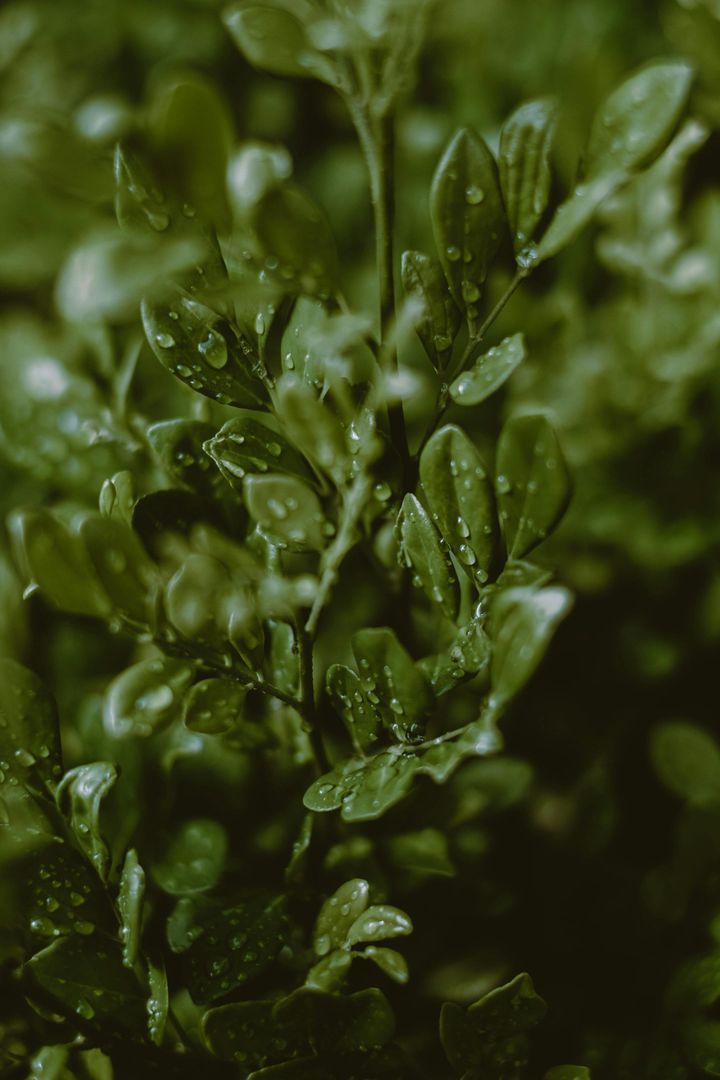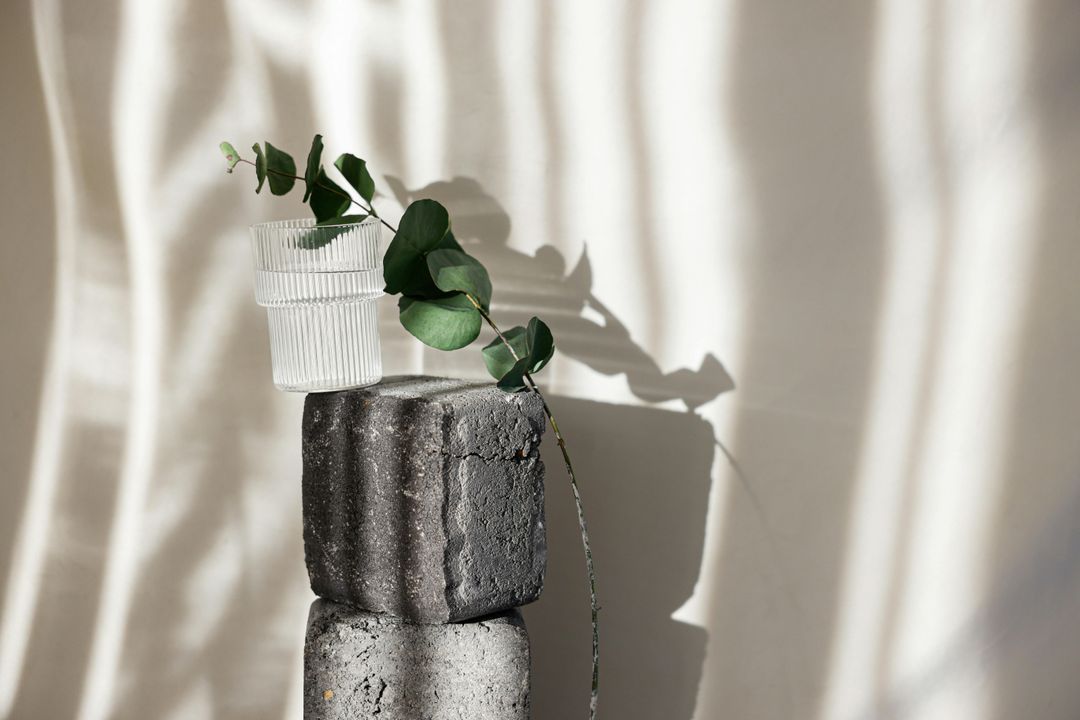Curry: not just a spice, but a magical plant with a thousand surprises

When we think of curry, we often think of that yellow-ocher spice mix found on supermarket shelves, used to flavor Indian dishes. But did you know that real curry isnt a powder, but rather a plant with incredibly unique aromatic leaves?
The curry plant: a small citrus fruit with great properties
The plant is called Murraya koenigii , and belongs to the Rutaceae family, the same family as citrus. Its leaves release a unique aroma, halfway between lemon and mandarin, that sweet and fragrant fruit you may know as tangerine.
Curry leaves are a key ingredient in Indian cuisine, used fresh to flavor rice dishes, soups, and curries. But thats not all: this plant hides a real health treasure.
An ally against free radicals
Free radicals are highly reactive molecules produced in our bodies that can damage cells and tissues, contributing to the development of chronic diseases such as type 2 diabetes, high cholesterol, cardiovascular disease, and neurodegenerative disorders.
Curry leaves contain antioxidant compounds such as flavonoids, alkaloids, and essential oils that counteract this oxidative damage. Scientific studies, such as one published in the Journal of Food Science and Technology (2014), have highlighted the significant antioxidant capacity of curry leaves, confirming the healthful properties known for centuries in traditional medicine.
Between tradition and science

Ayurvedic medicine uses curry leaves to improve digestion, lower blood sugar levels, and support the immune system. Modern research confirms that the leaves active ingredients can:
- Regulating blood sugar (study in Phytomedicine , 2011)
- Reduce inflammation
- Protect cardiovascular health
However, most studies are still preliminary, often conducted on animal models or in vitro, and further investigation is needed to fully understand the therapeutic potential.
How to use curry leaves
To make the most of the properties of curry leaves:
- Use them fresh : Add them to soups, rice, and curries for a fresh flavor and antioxidant benefit.
- Prepare an infusion : you can boil a few leaves in water and drink the liquid, traditionally used for digestion.
- Store them dried : in powder form, to be added to marinades and sauces.
Final curiosity
The word curry comes from the Tamil kari , which simply means sauce. In reality, curry is an umbrella term that covers a variety of spicy preparations, but behind this name lies an extraordinary plant, capable of combining flavor, culture, and well-being.
Sources and further information
- SN Arulmozhi et al., “Antioxidant properties of curry leaves ( Murraya koenigii )”, Journal of Food Science and Technology , 2014.
- VR Rajesh et al., “Effect of curry leaf on glycemic control in diabetes: A review”, Phytomedicine , 2011.
#curry #CurryLeaves #MurrayaKoenigii #spices #antioxidants #health #healthydiet #traditionalmedicine #Indiancuisine #freeradicals #wellbeing #healthycooking #naturaldiet #herbalmedicine #Mediterraneanspices #turmeric #antioxidantfoods

flavio_campaniolo
Data di inserimento 03 giu 2025
Report article


Comments
There are no comments yet.